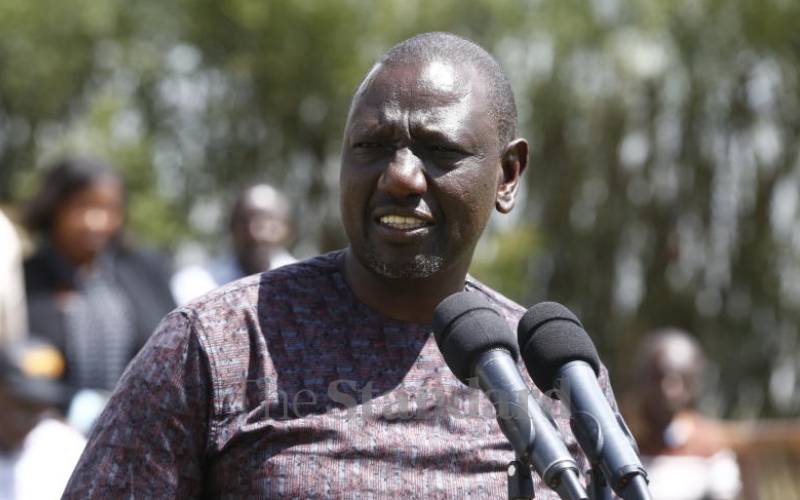×
The Standard e-Paper
Read Offline Anywhere

Bottom-up model proponent DP William Ruto. [Kipsang Joseph, Standard]
Development from below, bottom-up development, bottom of the pyramid approach, grassroots development - these are some of the phrases planners coined decades ago to support an alternative development model for poor countries.